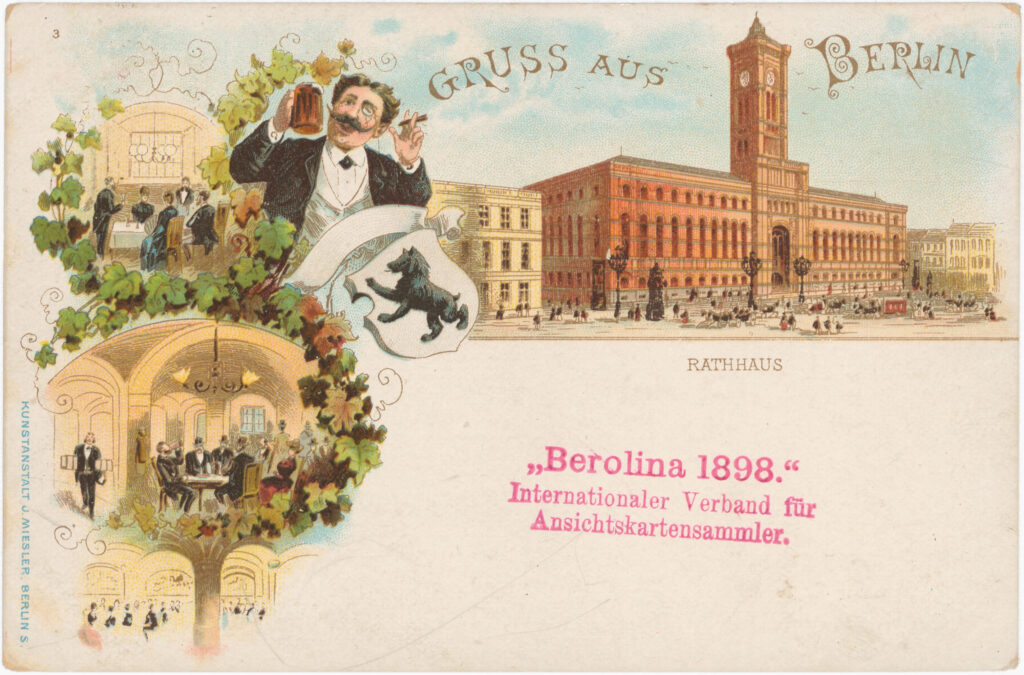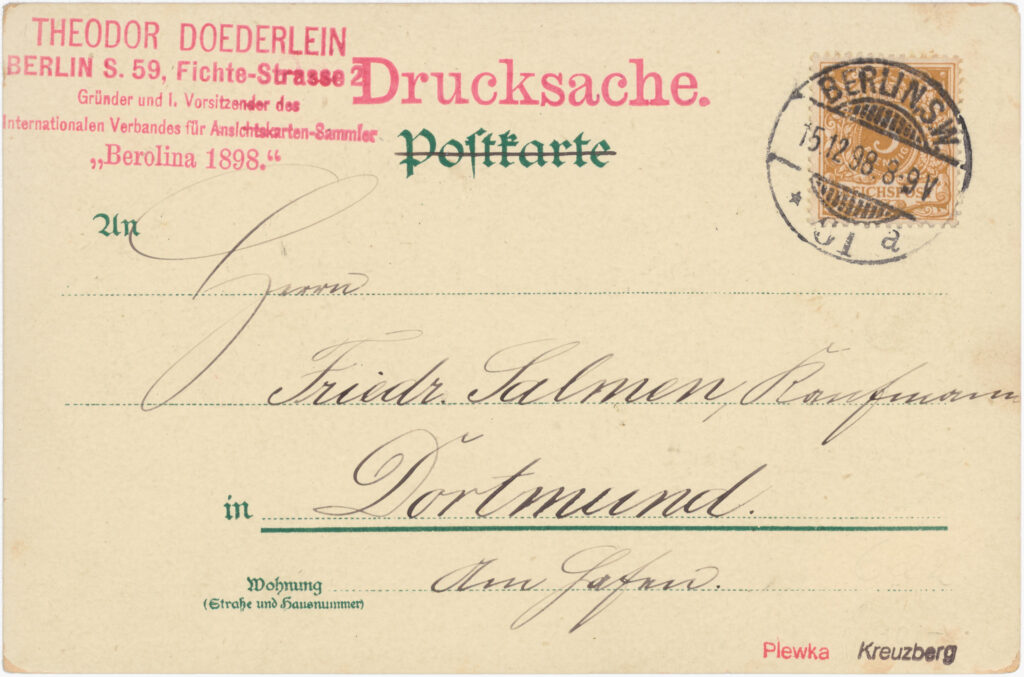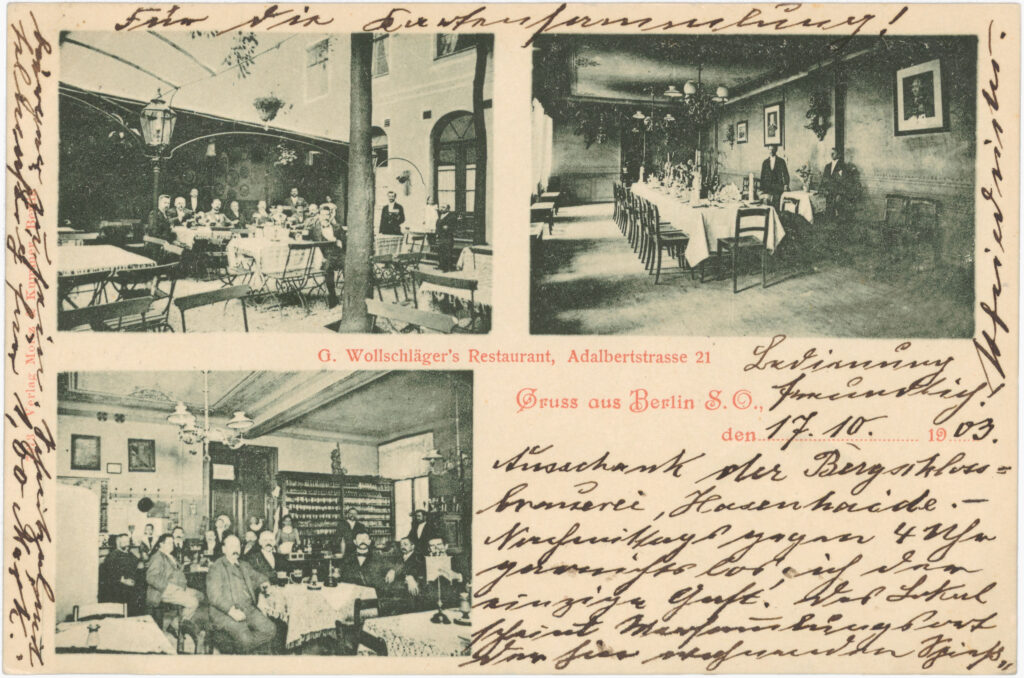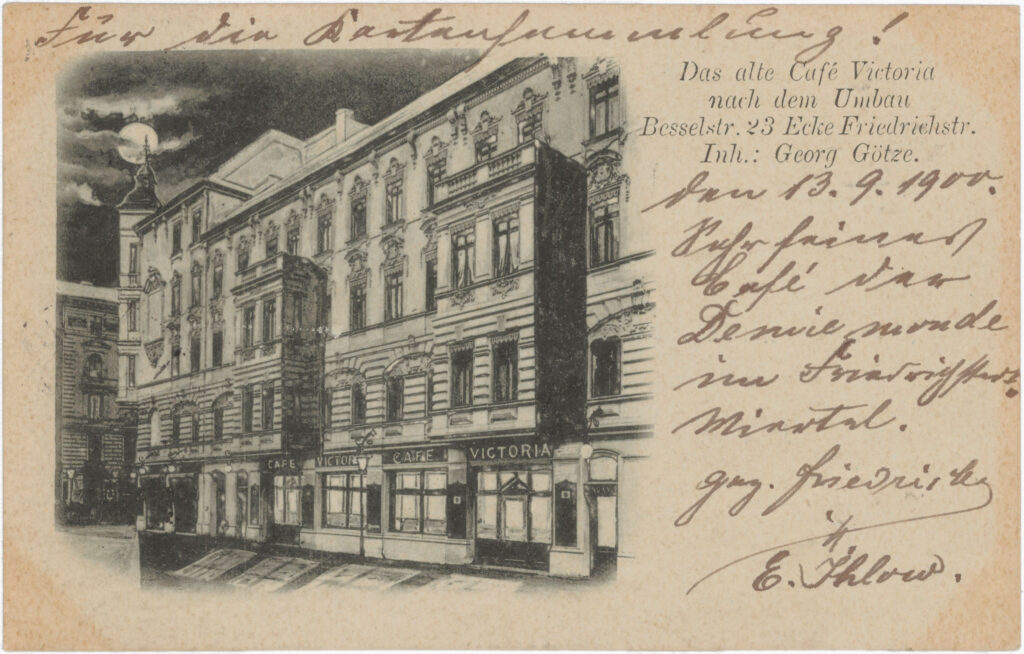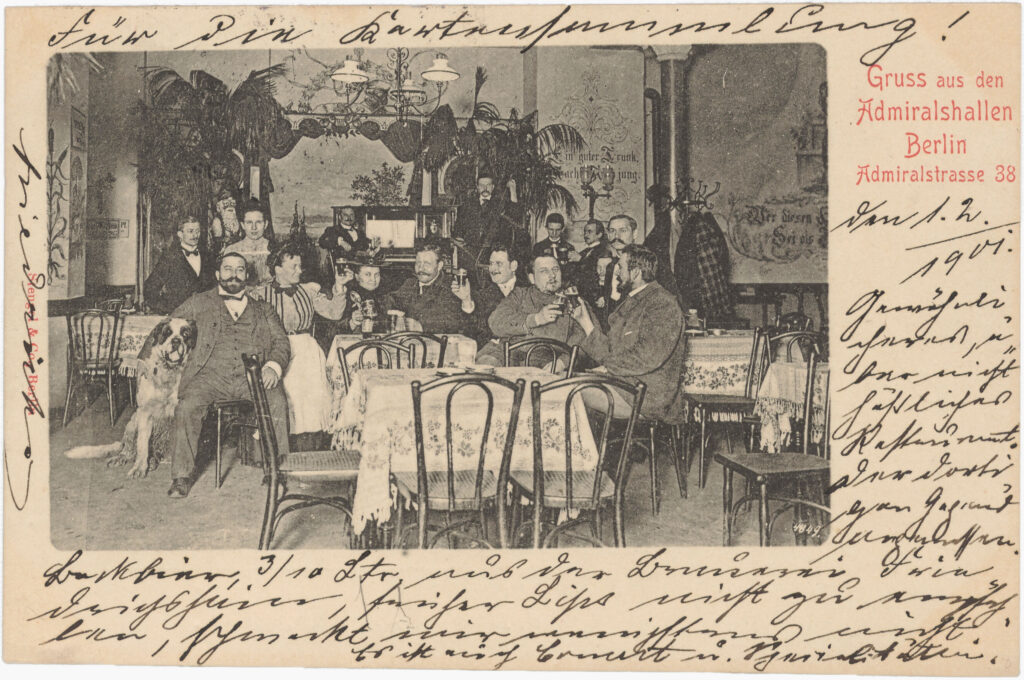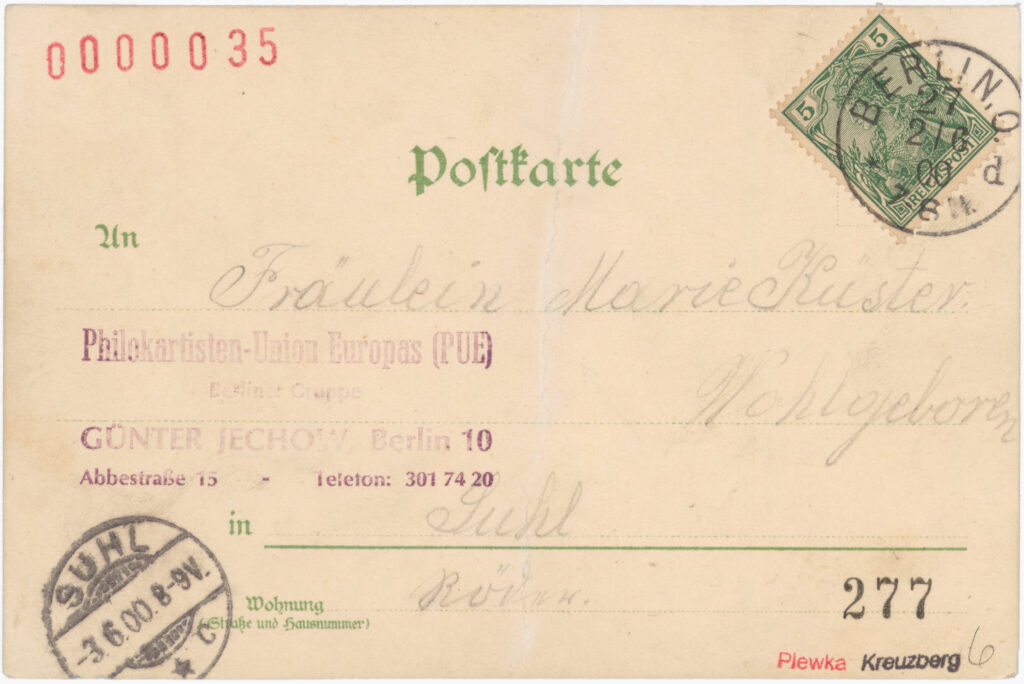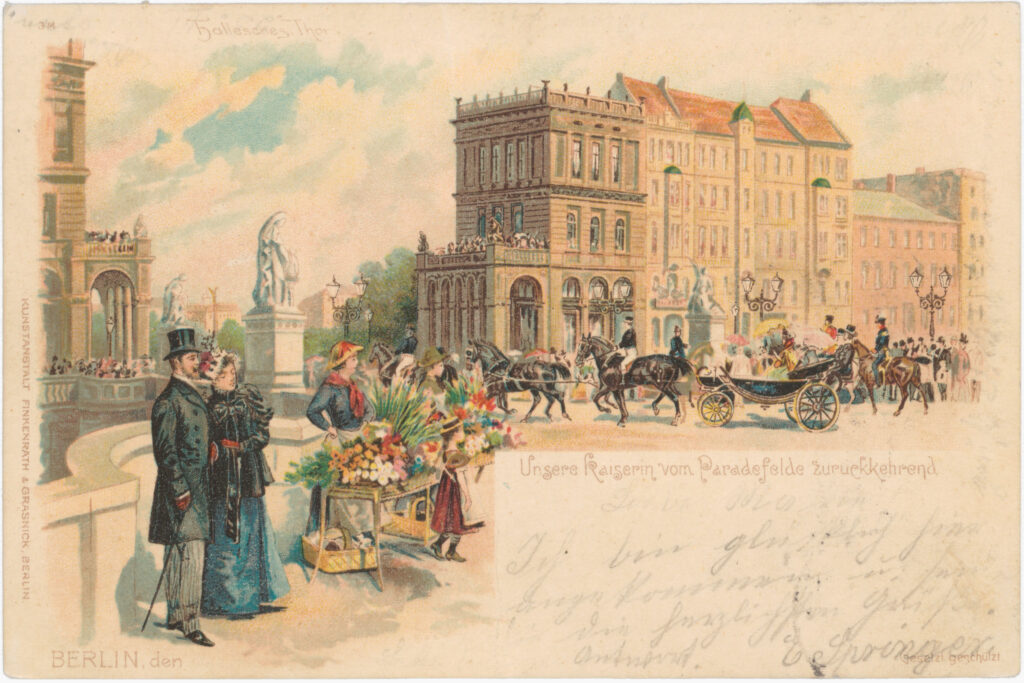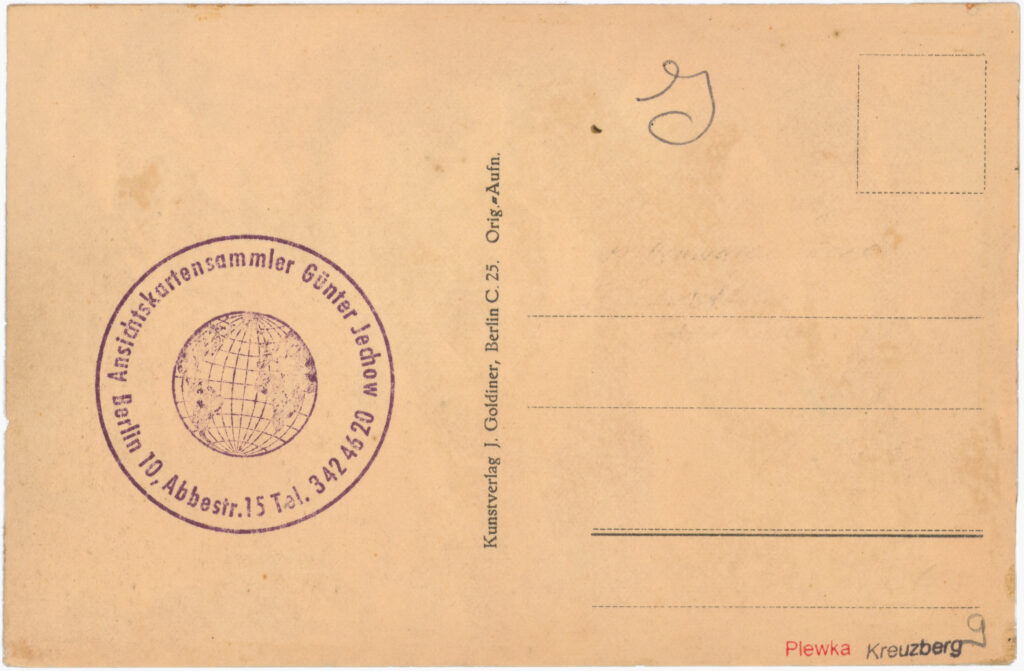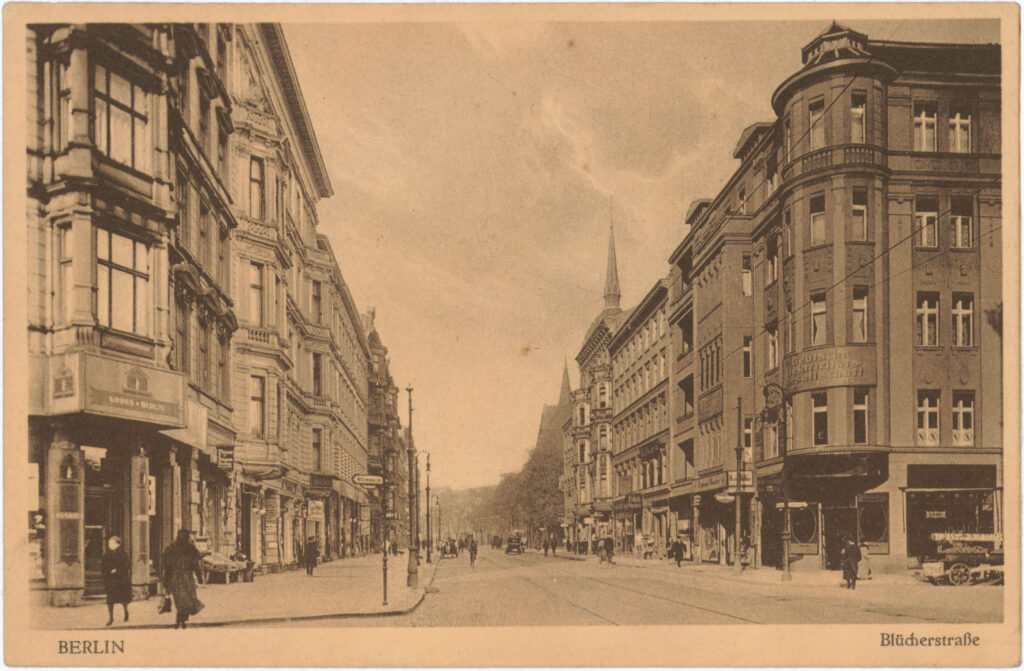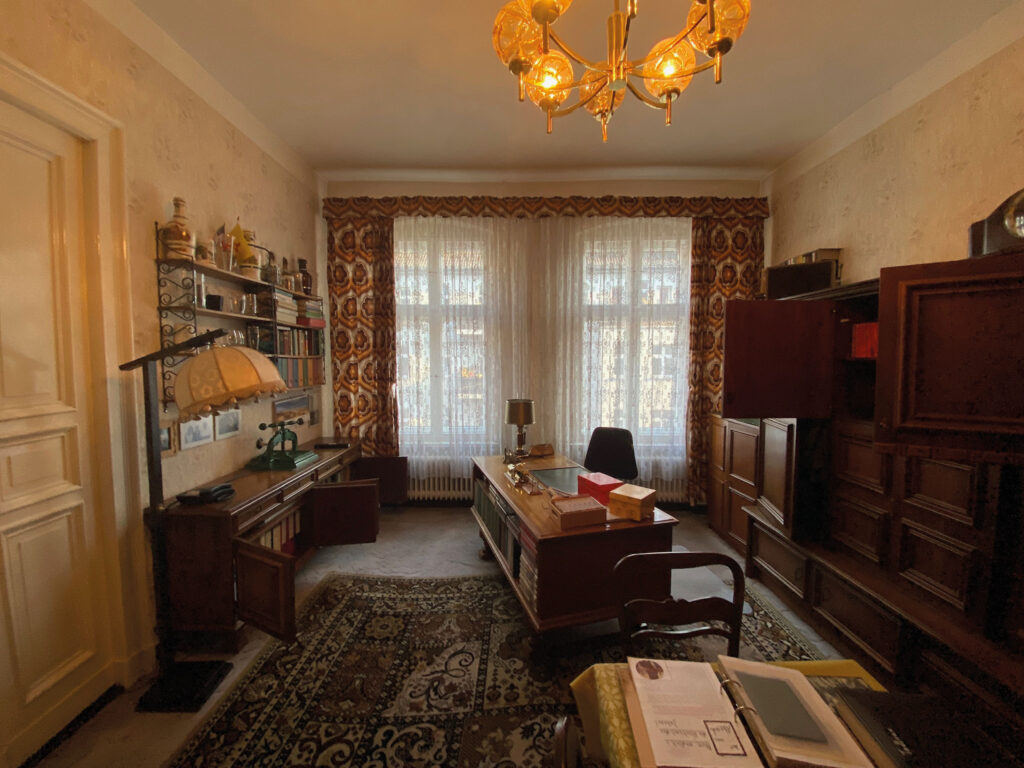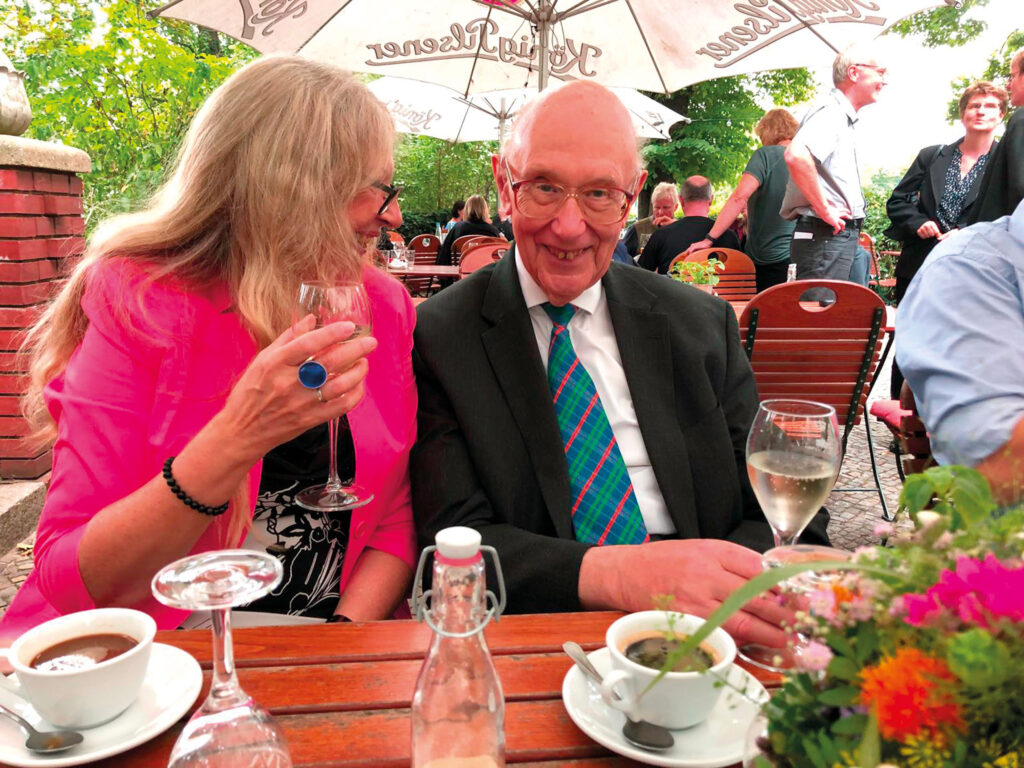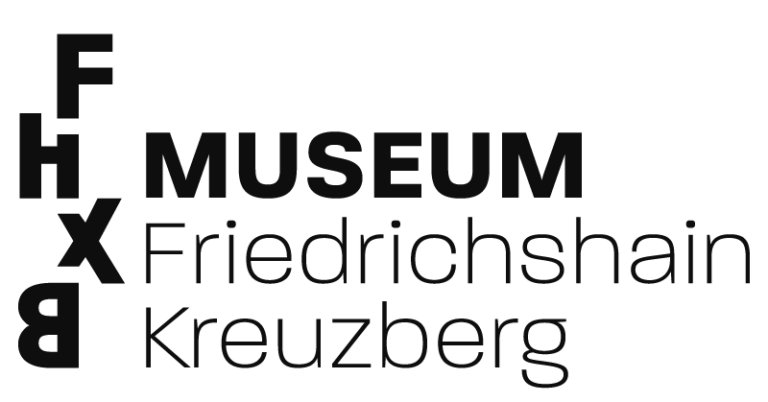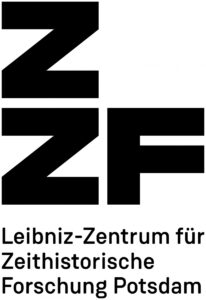- Homepage
- Topics
- National socialism in everyday life in Kreuzberg
- Communist working-class milieu
- Persecution and expropriation of Jews in Kreuzberg
- Paula Thiede and the newspaper district
- Lisa Fittko’s Kreuzberg neighborhood
- November Revolution
- Disaster Images
- Kreuzberg Garrison
- Queer in the Weimar Republic
- Trade, Craft, and Industries
- Colonial Kreuzberg
- Women in Kreuzberg
- Technology & Faith in Progress
- Archive
- About the Project
Postcard Collecting
in the Past and Present
The collecting of picture postcards began in the 1890s, primarily among bourgeois circles. At that time, many collectors organized themselves into clubs and developed their own conventions of collecting. There were different approaches: “used collecting” focused on the correspondence function of postcards, while “unused collecting” concentrated on unsent cards.
Postcard collecting was considered a hobby with scientific interest. The postcard was seen as a source and record of both the past and the present. Many women were active in this collecting hobby, though it was often accompanied by sexist stereotypes. “Female” collecting was disparagingly described as “emotional” and “unsystematic,” while “male” collecting was seen as “rational” and “systematic.”
Museums and archives also began to include such picture postcards in their collections around 1900. The focus was typically on the image motifs rather than the correspondence and power dynamics.
After World War I, the importance of postcard collecting initially declined. By the late 1960s, however, interest revived, with a focus on historical picture postcards. New clubs for exchanging and collecting postcards were established.
Collecting Clubs in the German Empire
Postcard collecting clubs in the German Empire were organized regionally, but their goal was international exchange. They aimed to collect postcards from around the world, beyond local and national boundaries.
The Collector Hans Friedrichs
In the Peter Plewka collection, a prominent “used collector” is represented: As a private individual, Hans Friedrichs collected picture postcards around 1900, focusing primarily on Berlin pubs, restaurants, and banquet halls. Some pieces are inscribed with “For the postcard collection!” and include his comments about the respective establishments.
Collecting the Past
In 1961, the Philokartisten-Union Europas (PUE) was established, which published the “Ansichtskarten-Sammlerbrief” (Picture Postcard Collector’s Letter) for the exchange and collection of postcards. Some cards in Peter Plewka’s collection are from Günter Jechow, a member of the Berlin group.
Peter Plewka and His Collection
Peter Plewka was born on September 11, 1938, in Kreuzberg and passed away there on October 25, 2022. He lived at Lausitzer Str. 7 for over 70 years.
During his training as an administrative clerk, he began to document the changes in the district through photography, capturing images of building facades, streets, squares, fountains, and churches. Over time, his documentation of the neighborhood became more systematic. He visited flea markets and antiquarian bookstores in search of materials related to Kreuzberg, collecting documents, city maps, objects, and picture postcards. In the books and brochures of his library, he noted the page numbers where Kreuzberg was mentioned.
Peter Plewka meticulously organized all his collection pieces. He sorted photographs and postcards by street names and house numbers, noting these details by hand on the back. He collected quietly, and only his family and a few Kreuzberg antiquarians were aware of his collection and research.
His sister, Irene Köhne, donated a large portion of Peter Plewka’s estate to the FHXB Museum, including over 5,600 postcards. Prior to this, the museum had no knowledge of him or his collecting activities.
In his apartment, Peter Plewka kept a large part of his collection.
